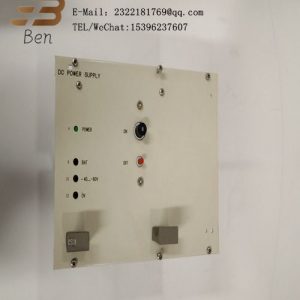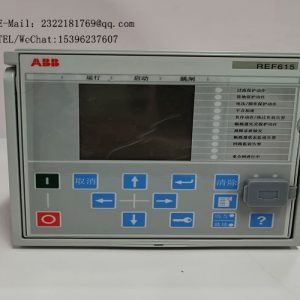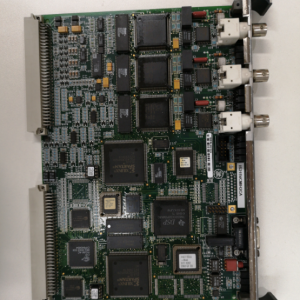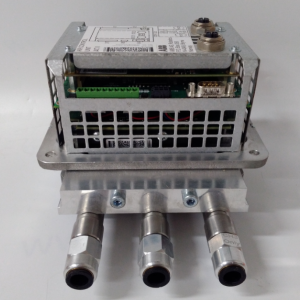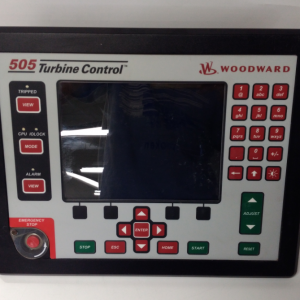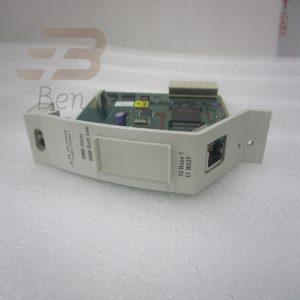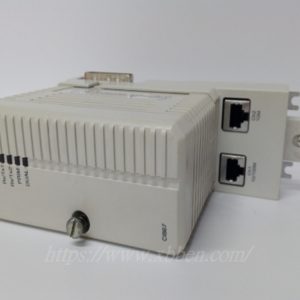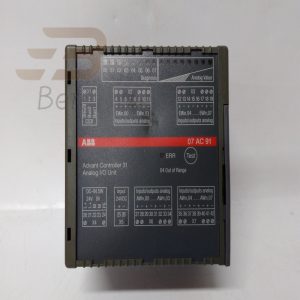Feeder automation is one of the main functions of power distribution automation. In this paper, the current status and development of feeder protection technology is fully discussed with regard to the implementation of distribution automation in China. A new principle and concept of feeder system protection for distribution networks based on fibre optic communication is proposed. The feeder system protection fully draws on the characteristics of high voltage line longitudinal protection and uses fast communication between feeder protection devices to achieve the functions of fault isolation, reclosing and restoring power supply to feeder faults at one time, developing the feeder automation implementation from a centralised monitoring mode to a distributed protection mode and improving the overall function of distribution automation.
Keywords: distribution network; feeder automation; system protection
Feeder automation is to monitor the operation mode and load of the feeder. As there is no unified model for domestic distribution network automation system, the implementation methods of feeder automation for distribution network automation systems with different equipment and different design schemes are different. In this paper, we take the “hand-in-hand” power supply network as the research object and analyse and discuss the solution of automatic fault isolation in feeder automation. The feeder system protection fully draws on the characteristics of the longitudinal protection of high voltage lines, using the fast communication between feeder protection devices to achieve fault isolation, reclosing and restoration of power supply to feeder faults at once, developing the implementation of feeder automation from a centralised monitoring mode to a distributed protection mode and thus improving the overall function of distribution automation.
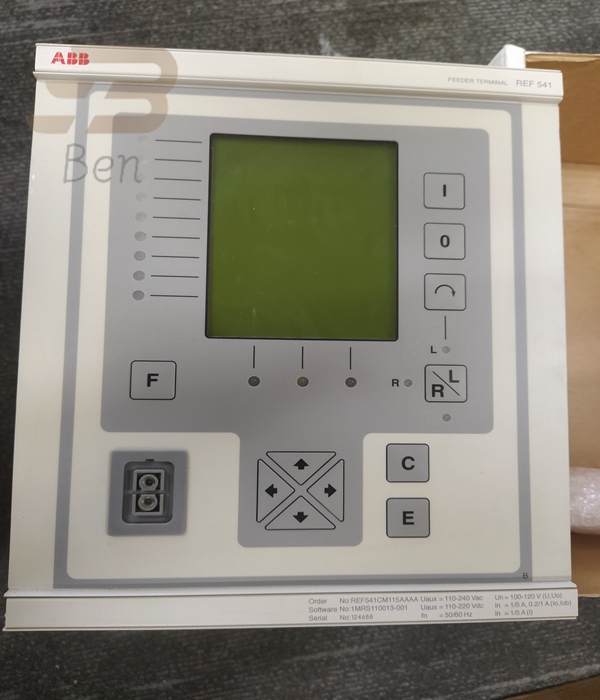
1 Basic functions of feeder automation
The feeder automation system should have the following functions.
① Telemetry, telematics and remote control functions; ② Fault handling: automatic judgment and automatic isolation of fault areas, rapid restoration of power supply functions after fault elimination; ③ Load management: reasonable change of the operation mode of the distribution network according to the balanced degree of the distribution network’s load; ④ Reclosing control: start when an overcurrent occurs and causes the circuit breaker to trip, and start delay counting when the voltage on one side of the circuit breaker is restored, so as to realize the function of reclosing along the line from the power (5) Timing function; (6) Overcurrent recording function; (7) Sequence of events (SOE) function; (8) Remote modification and summoning function of fixed values; (9) Function to maintain work after power failure.
2 Fundamentals of line fault zone finding
2.1 Feeder fault zone location.
For radial networks, tree networks and in the open-loop operation of the ring network, in the judgment of the fault area, only according to the feeder line along each breaker whether the flow of fault current can determine the fault zone. Assuming a single fault on the feeder, it is clear that the fault zone is located between the last breaker that has experienced fault current and the first breaker that has not experienced fault current in the direction from the power side to the end of the line.
2.2 Location of incident tripped circuit breakers.
In fact, for a variety of reasons, line failure, may not be the first circuit breaker tripped through the fault current, it is highly likely to cross the tripping level. For example, in Figure 1, point e fault, section circuit breaker 3 did not trip but circuit breaker 2 tripped. The fault section cannot be judged based on the position of the circuit breaker, but the correct judgement can be made based on whether or not a fault current has flowed (breakers 1, 2 and 3 have experienced a fault current while breaker 4 has not, leading to the conclusion that the fault section is in section e).
In order to determine whether each circuit breaker has experienced a fault current, the individual FTUs installed on them need to be calibrated, and since in principle it is not the difference in the calibrated values of the individual circuit breakers that isolates the fault zone, multiple circuit breakers can be set to the same value. This has no effect even if the number of segments on the feeder is increased.
And after the faulted section is isolated, the transgressing tripped circuit breakers have to be reset. For the accurate positioning of tripped circuit breakers after an accident is the key to the automatic restoration of power to the non-faulty section.
2.3 Circuit breaker state description matrix.
We can use a 1-dimensional matrix operation to discern whether a circuit breaker has tripped beyond its level. The matrix is written on the principle that if the i-th circuit breaker is in the closed position, the i-th element of the matrix is set to 1, and vice versa to 0. The state of each circuit breaker in normal operation can be described by the matrix A, as in Figure 1 in normal operation A: |11110111|.
For the above example, assuming that circuit breaker 2 tripped at point e and circuit breaker 3 did not, we can use matrix B to describe the state of the circuit breaker after the fault, such as B: |10110111|.
2.4 Accident tripped breaker location matrix.
Using the pre-accident breaker state information matrix A minus the post-accident breaker state information matrix B, the accident tripped breaker can be accurately identified. For the above example the incident tripped breaker location matrix C can be used to determine C = A – B = |01000000|. As the value of the 2nd element in the C matrix is 1, it means that the fault was tripped by breaker 2 to cut off the fault current. Based on the previous calculations it is clear that the faulted section is located between circuit breakers 3 and 4. Therefore, breaker 2 should be automatically restored to the closed position.
For feeder automation functions implemented using computer systems, it generally takes only ten seconds or so to find, isolate and automatically restore the non-faulted section from the faulted section.
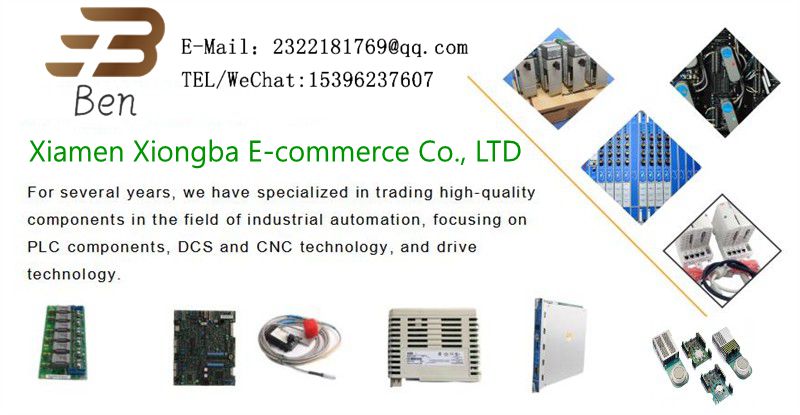
ABB 216NG63
ABB 216VC62a
ABB 216EA61b
ABB 216AB61
ABB 216DB61
ABB REG216
ABB PU512V2 3BUR001401R1
ABB PU515A 3BSE032401R1
ABB 8025-235
ABB G3ESa HENF318736R1
ABB E3EB HENF315129R1
ABB O3ES HENF445789R1
ABB O3ED
ABB O3EGb HENF315118R2
ABB E3EP HENF315276R1
ABB E3ED
ABB O3EHa HENF315087R2
ABB O3EC HENF442581R1
ABB P5EAa HENF206350R2
ABB G3ENa HENF450268R2
ABB INICT01
ABB NTLS01
ABB NTR002-A
ABB NIMP01
ABB IISAC01
ABB P3EB HENF315223R1
ABB O3EX HENF315845R2
ABB P3EDb HENF452778R1
ABB E3ES
ABB B3EA HENF315147R1
ABB P3EA HENF315216R1
ABB NWX511a-2/R HESG112548R12
ABB P3ECa HENF315309R2
ABB O3EId HENF452777R3
We do other brands: ABB, Allen-Bradley, Schneider, GE (General electric), Westinghouse, FANUC, Bently, KUKA, Foxboro, Triconex, Honeywell, YASKAWA, etc., if you need, you can contact me, look forward to your consultation.

